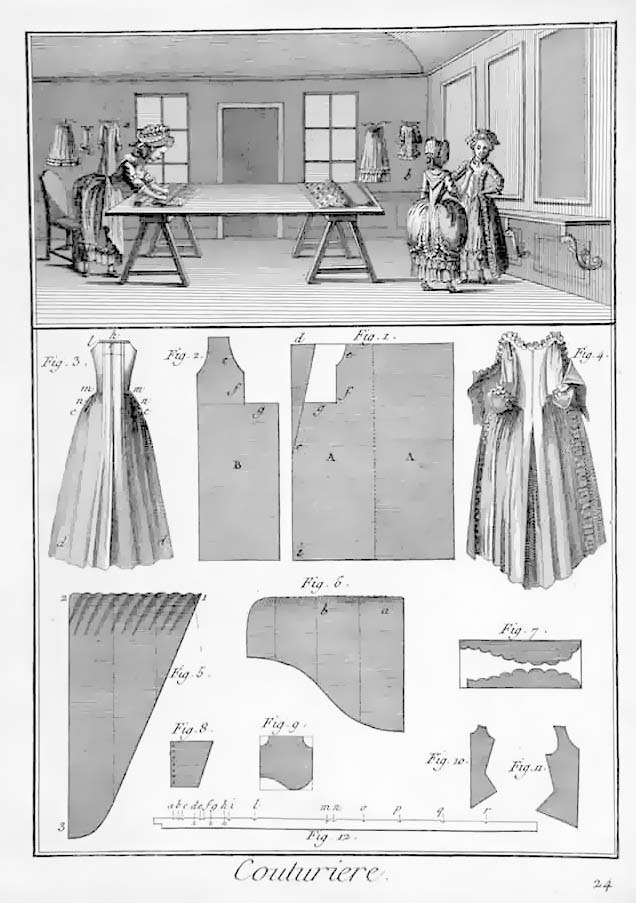Everybody gets the blues but not everybody gets the blues the same. Women get some serious blues. Black women get some very serious blues. Bessie Smith maybe had the most deep and soulful blues anyone ever had: “Crazy Blues,” “Down Hearted Blues,” “Careless Love Blues,” “Empty Bed Blues,” “Black Water Blues,” “Gulf Coast Blues,” and “St. Louis Blues,” which also happens to be the title of her only known film appearance, as well as one of the earliest talkies in cinema history. (See a transporting acapella performance from the film above.)
Released in 1929, the “flawed, but absolutely essential” film frames Smith’s character through the lyrics of composer W.C. Handy, widely considered the “father of the blues” for his popularization of the form. But Smith was more than an ancestor—she was royalty. The press in her day called her the “Empress of the Blues.”
Smith “comes off as a force of nature,” writes Mark Cantor, “whose startling power is rivaled in 1920s jazz and blues only by Louis Armstrong.” Like Armstrong, her influence is incalculable. Sadly, the year she made her film appearance is also the year of her decline, when the Great Depression hit her—and the record business—hard, and the very medium she helped launch, sound film, crippled the Vaudeville venues that made her career.
Smith’s tragic end after a car accident in 1937 was immortalized in Edward Albee’s 1959 The Death of Bessie Smith. Her voice lives on forever—in her recordings and through singers from Billie Holiday to Janis Joplin—who paid for her gravestone in 1970. (See Joplin’s phenomenal “Ball and Chain,” from the Monterey Pop Festival, further up.) Bessie Smith may have been Empress, but another Smith needs mention as the Foremother.
Despite its origins in Southern Black life and culture, until 1920, notes NPR, “no black singer had been recorded doing a blues song.” That changed when Mamie Smith recorded “Crazy Blues.” Like Bessie, she also appeared in a 1929 talking film, Jailhouse Blues. (See her above mime to the title song, about that age-old problem, the “no good man.”)
A number of female singers haven’t made it into the canon, itself largely produced—as critics like Lisa Hix and Amanda Petrusich have shown—by the selection bias of an insular community of collectors. But you can hear many incredible, less-famous women of the blues appear in the Spotify playlist further up, in the company of more famous names like Bessie and Mamie Smith, Holiday, Joplin, Memphis Minnie, Ma Rainey, Etta James, and Dinah Washington. Blues hounds will likely recognize most, if not all, of these names. More casual fans will be in for a treat. (Note one mistake: the artist Bumble Bee Slim was a man.)
Everyone should know Koko Taylor, whose fierce growls and howls set Willie Dixon’s “Wang Dang Doodle” on fire further up in 1967 (with Little Walter). And Etta James—whose “I’d Rather Go Blind,” above, gives me chills from start to finish—should have a constellation named after her, she’s so deservedly a star. We’re less likely to hear the name Viola McCoy these days (singing Bessie Smith’s “Back Water Blues,” below), whose style of blues sounds dated but whose voice is as fresh as ever. Likely born Amanda Brown, she sang under a handful of aliases in the 20s and 30s, none of them household names.
Dozens more names appear on the playlist—Ida Cox, Alberta Hunter, (unfortunately no Big Mama Thornton or Sister Rosetta Tharpe)—all of them fabulous in their own way. Given this incredibly rich tradition of female blues vocalists it should come as no surprise that women are currently keeping the blues alive, whether it’s the rock-soul revivalism of the Alabama Shakes’ Brittany Howard or the raw power of Susan Tedeschi, whose “earthy, soulful belting,” writes The Washington Post’s Richard Harrington, is reminiscent of “Koko Taylor, Aretha Franklin and Janis Joplin,” who can all trace their musical lineage directly back to Bessie and Mamie Smith.
Related Content:
Women of Jazz: Stream a Playlist of 91 Recordings by Great Female Jazz Musicians
Josh Jones is a writer and musician based in Durham, NC. Follow him at @jdmagness















